When I first heard about picot stitch, I shouted, ‘Picot stitch!? Isn’t it a knitting thing?’
However, a picot stitch can be done on a sewing machine. You just need the right tools, like a Picot foot. In machine stitch, it is often referred to as a rolled hem stitch.
But my curiosity about how to do a picot stitch on a sewing machine didn’t let me sit still. So I went to try it,
Picot Stitch
To do a picot stitch on a sewing machine, select the picot or scallop stitch setting, use a fine needle, and stitch along the fabric edge for a delicate, lace-like finish.
Wanna see how I did it? Ok, then let’s get into picot stitch sewing.
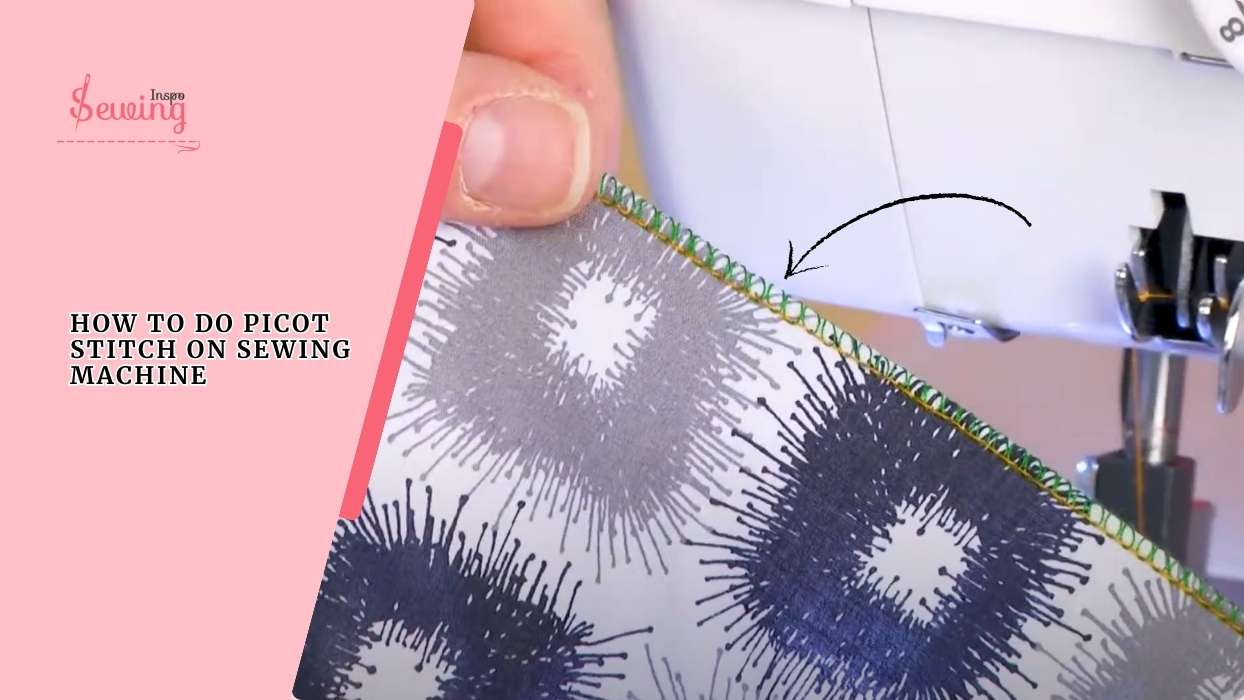
Table of Contents
Is There A Special Picot Sewing Machine?
Not exactly. There isn’t a specific “picot stitch machine,” but many modern sewing machines come with a picot stitch setting or picot edge function built in.
If your machine doesn’t have stitch selector, you can still do a similar look using a narrow zigzag stitch on fine lightweight fabric or lace. You just need to adjust the stitch width and length to form small loops along the edge.
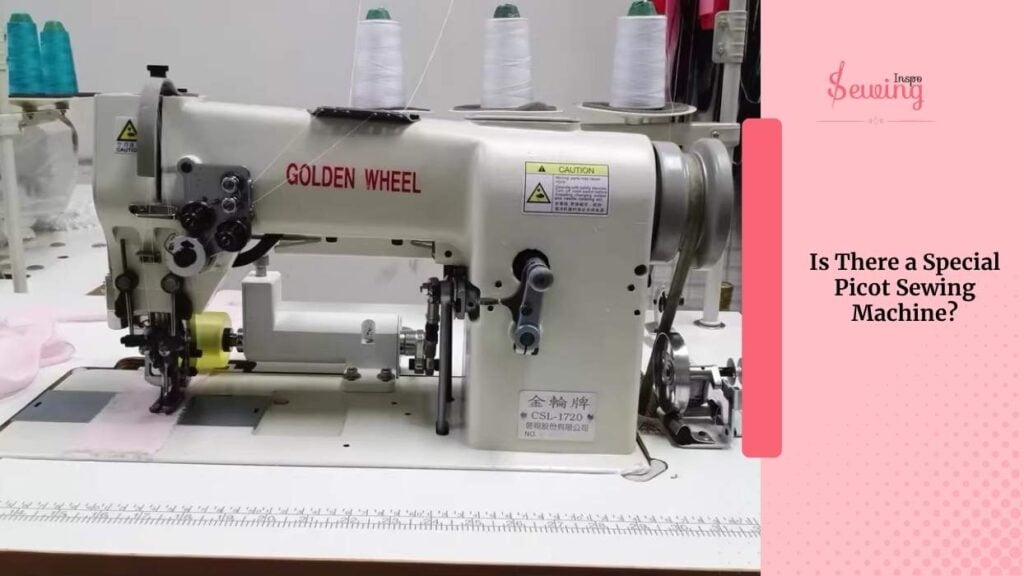
How To Do Picot Stitch On Sewing Machine?
To do a picot stitch on a sewing machine, follow 6 steps,
- Select The Picot Stitch
- Set Up Picot Stitch Length
- Fold The Fabric Edge
- Line Up The Folded Edge
- Spinning Around Curve
- Trimming
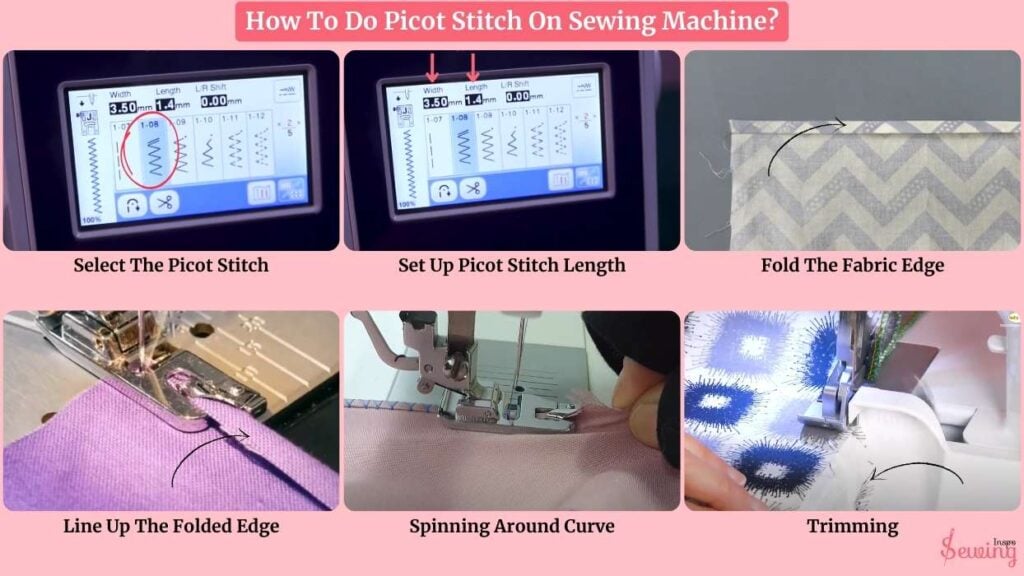
Select The Picot Stitch
I sit at my machine and scroll through the stitch settings. On my screen, I’m looking for something labelled “picot stitch” or “scallop edge.” That’s the Picot sewing machine sign you need on picot edge machine.
On my Singer machine,
It’s stitch number 29—it looks like tiny waves.
If my machine didn’t have a dedicated sewing picot stitch.
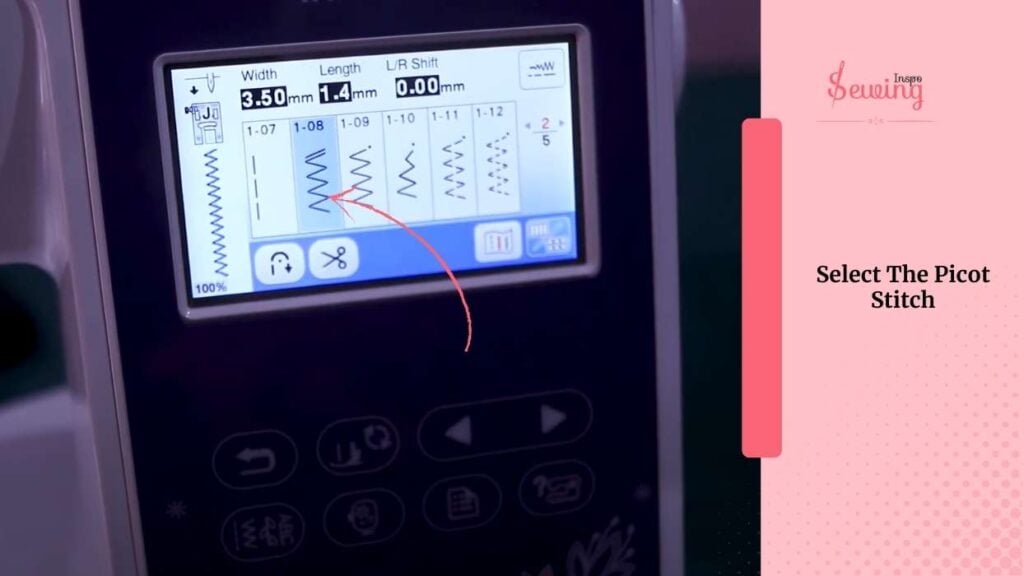
I’d just go with a narrow zigzag and tighten the stitch length a bit to mimic the look. The idea is to create a stitch that hugs the fabric edge while giving it that scalloped flair.
Set Up Picot Stitch Length
Now I fine-tune the picot stitching settings. I drop the stitch length down to about 1.0 mm to 1.5 mm, and set the width around 3.5 mm to get that soft, pretty curve. This also perfect stitch for pick stitch too.
I load a size 70/10 microtex needle for the needle position. This needle is also great for blanket stitching, so I chose it for picot stitching, too. It is super sharp and perfect for delicate fabrics. Then, I thread the machine with 60 wt fine polyester thread so the stitches look neat and refined.
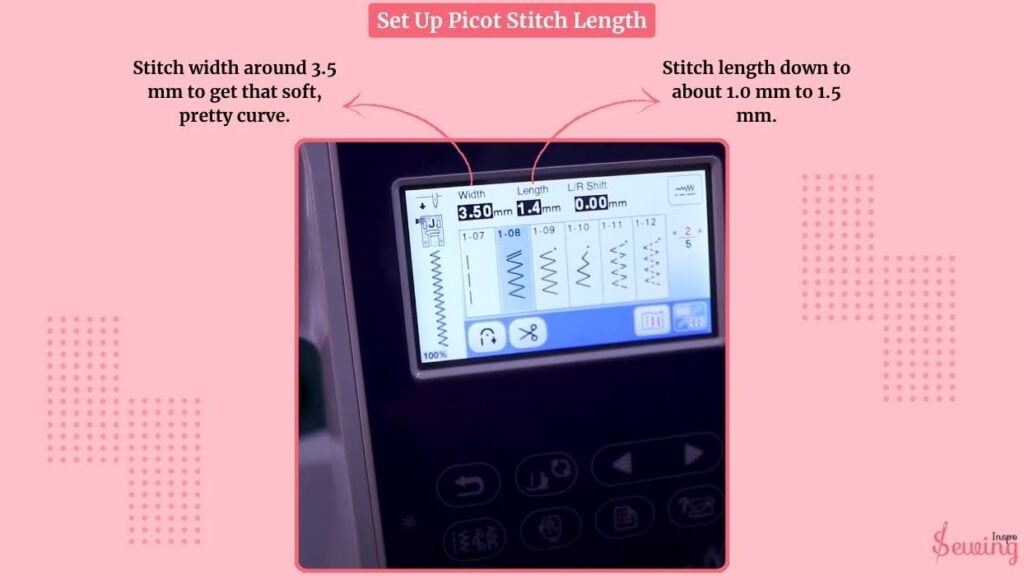
Everything looks good and is ready to stitch!
Fold The Fabric Edge
I head over to my ironing board and fold the edge of the fabric under by about ⅛ inch. Just a tiny bit to create a clean edge finish to stitch along. A quick press with my iron helps hold it in place.
If the fabric feels a bit slippery,
I’ll add a strip of water-soluble stabiliser underneath to keep everything from shifting, which is especially helpful when I’m working with chiffon or sheer material. I use this for the hand crank chain stitch machine, too.
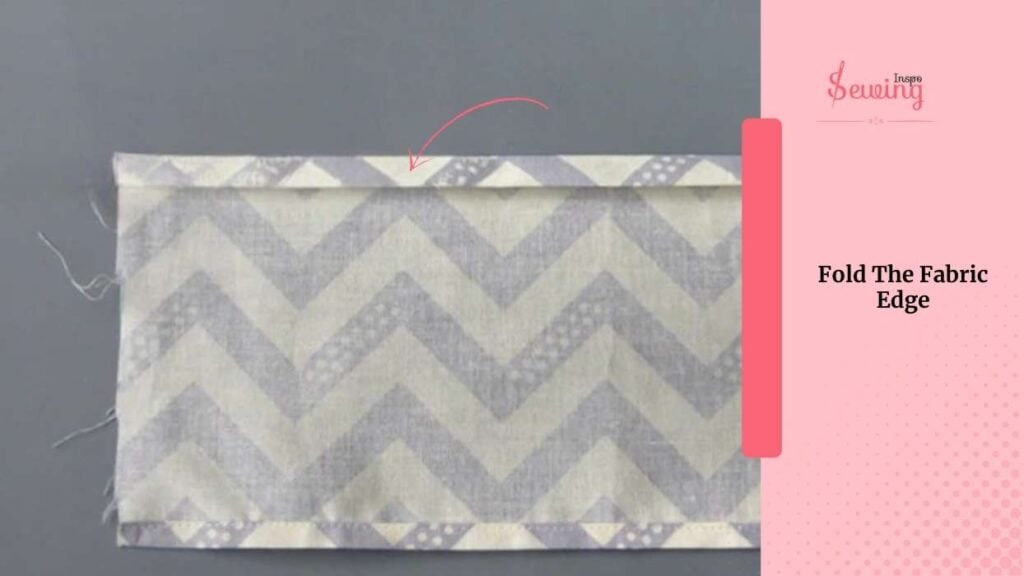
I Line Up The Folded Edge
Back at the machine, I line up the folded edge so that the straight part of the stitch lands just inside the fold, and the bite of the stitch dances out over the edge. I manually lower the needle just to double-check the placement. Cause i had to make sure my appliqué doesn’t go anywhere.
Once I’m confident,
I start stitching slowly and let the machine glide along the edge. The stitches start forming that pretty scalloped line right at the edge—it’s so satisfying to watch!
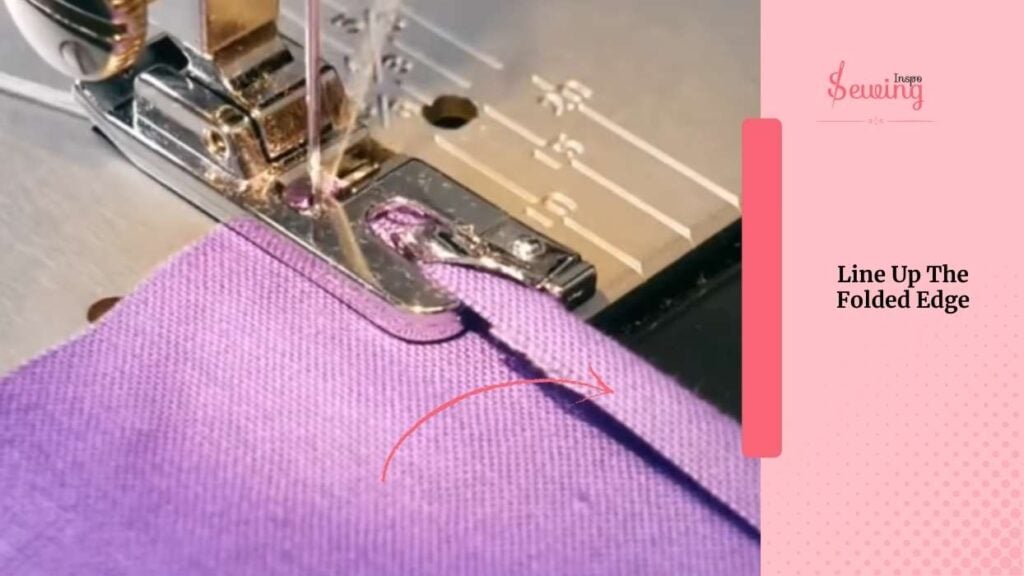
Spinning Around Curves
If I’m working around a curve, maybe the hem of a blouse, I slow down and rotate gently. I let the needle stop on the outer edge of the curve, then lift the presser foot just a bit using the knee lifter and gently turn the fabric. That’s how the machine stitch will come out stronger.
I do this every few stitches to keep the curve smooth and even. It’s almost like I’m tracing the shape with my stitching. It’s surprisingly fun once I get into the rhythm!
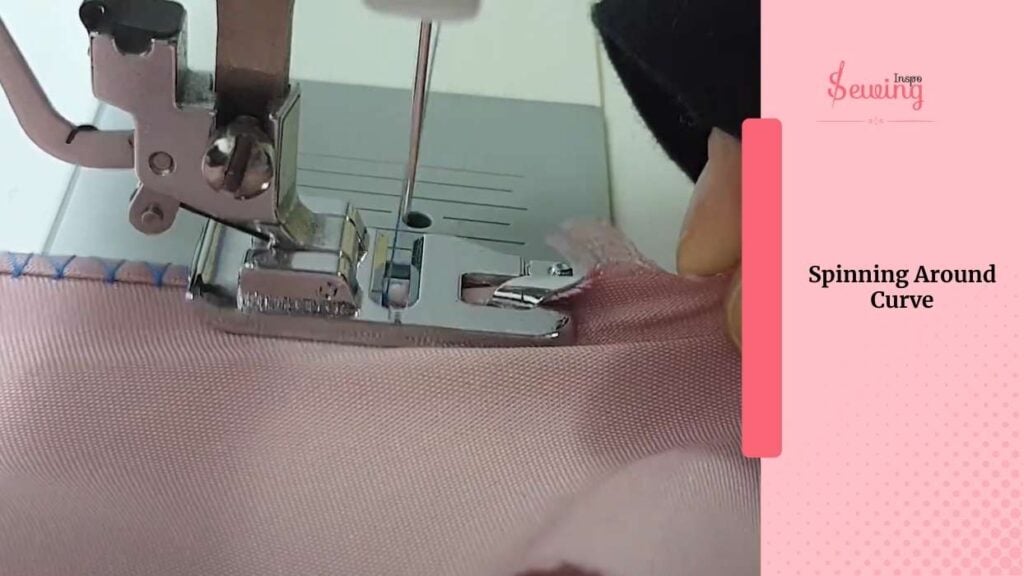
Trimming for That Perfect Finish
Once I’ve stitched all the way around, I grab my embroidery scissors and carefully snip away the excess fabric just beneath the outer edge of the scallops. I’m super careful not to cut into the actual stitches.
This is the magic step. It makes the picot edge look clean, delicate, and totally pro. I sit back and admire the finish—yes, this looks amazing!
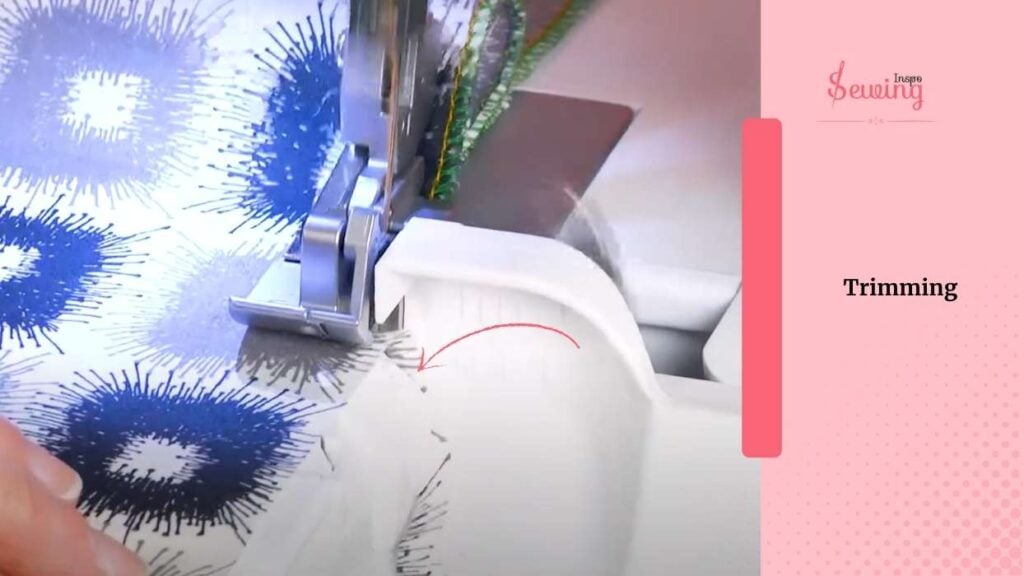
Frequently Asked Questions
Can every sewing machine do a picot stitch?
Not all machines have a built-in picot stitch, but many offer decorative or scallop stitches that look similar. If not, you can fake it with a tight zigzag.
What fabric works best for picot stitches?
Lightweight, delicate fabrics like cotton lawn, voile, or chiffon show off the picot edge beautifully. Heavy fabrics won’t give you the same dainty finish.
What needle and thread should I use?
For the cleanest, most refined finish, use a fine needle like a 70/10 microtex and lightweight thread (around 60 wt).
Do I need to use stabilizer?
Yes, for super thin or slippery fabric, a water-soluble stabilizer helps keep your stitches from puckering and gives you more control.
Warp Up
Honestly, once I tried the picot stitch on my machine, I was hooked. It makes every project. I’m sewing, and it feels a little more special. For example, I secretly added lace without actually using any.
It took a little practice, especially getting the right stitch length and tension, but it comes out perfectly.

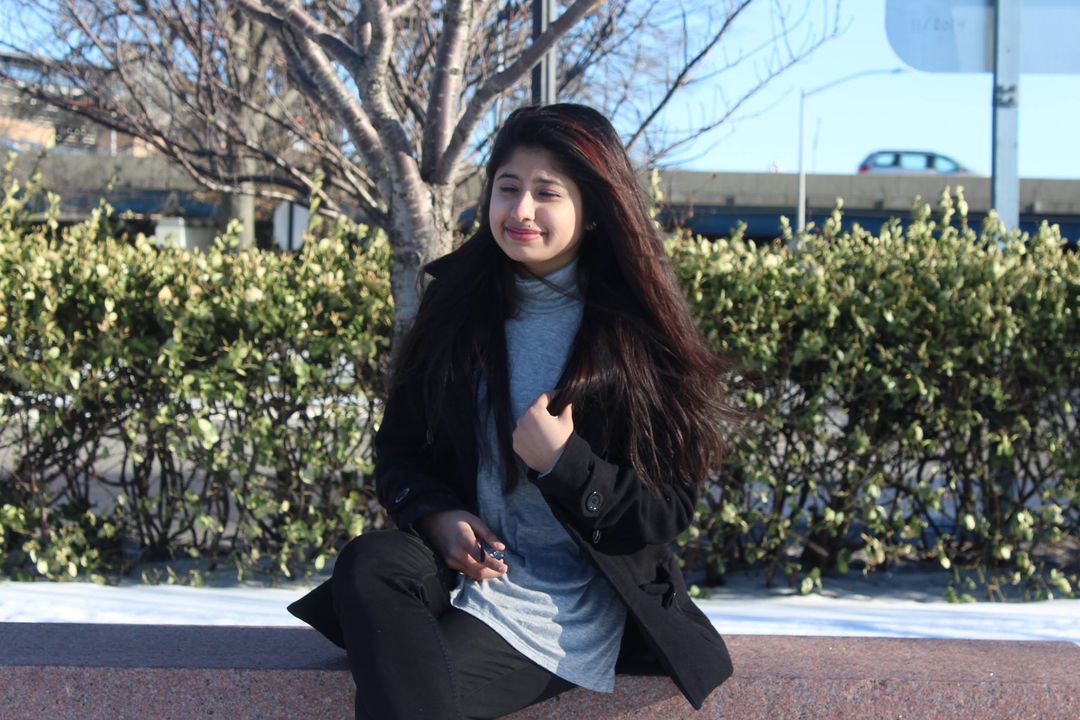
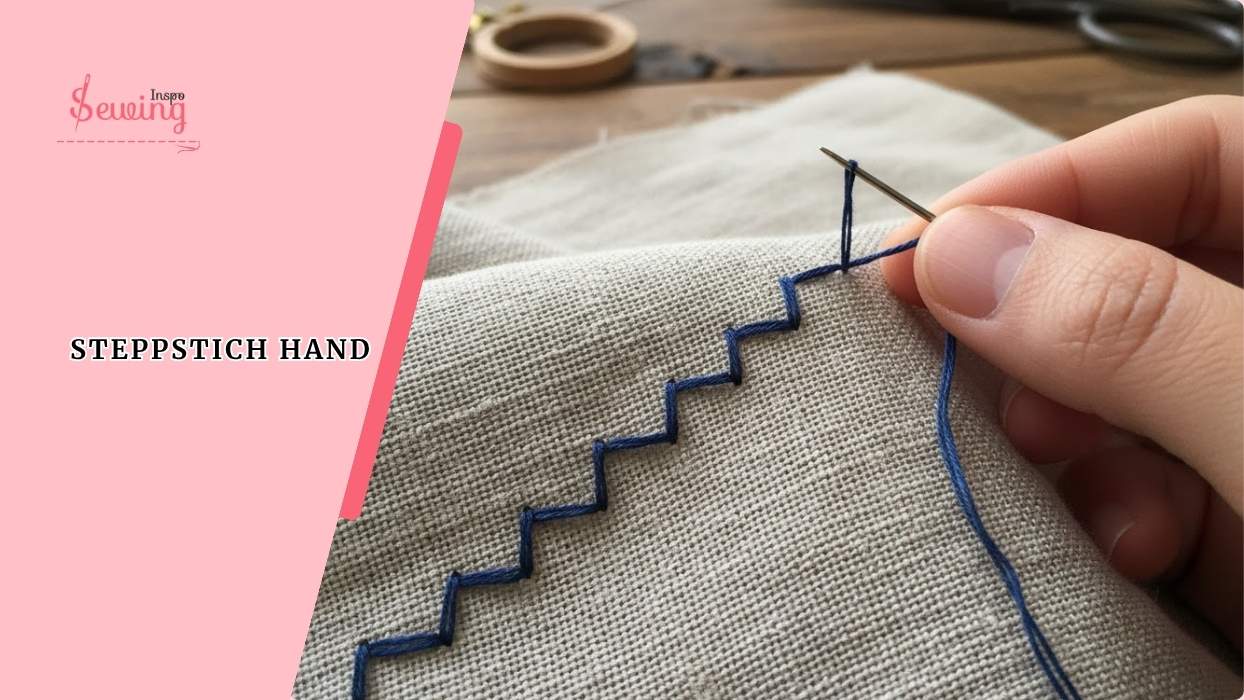
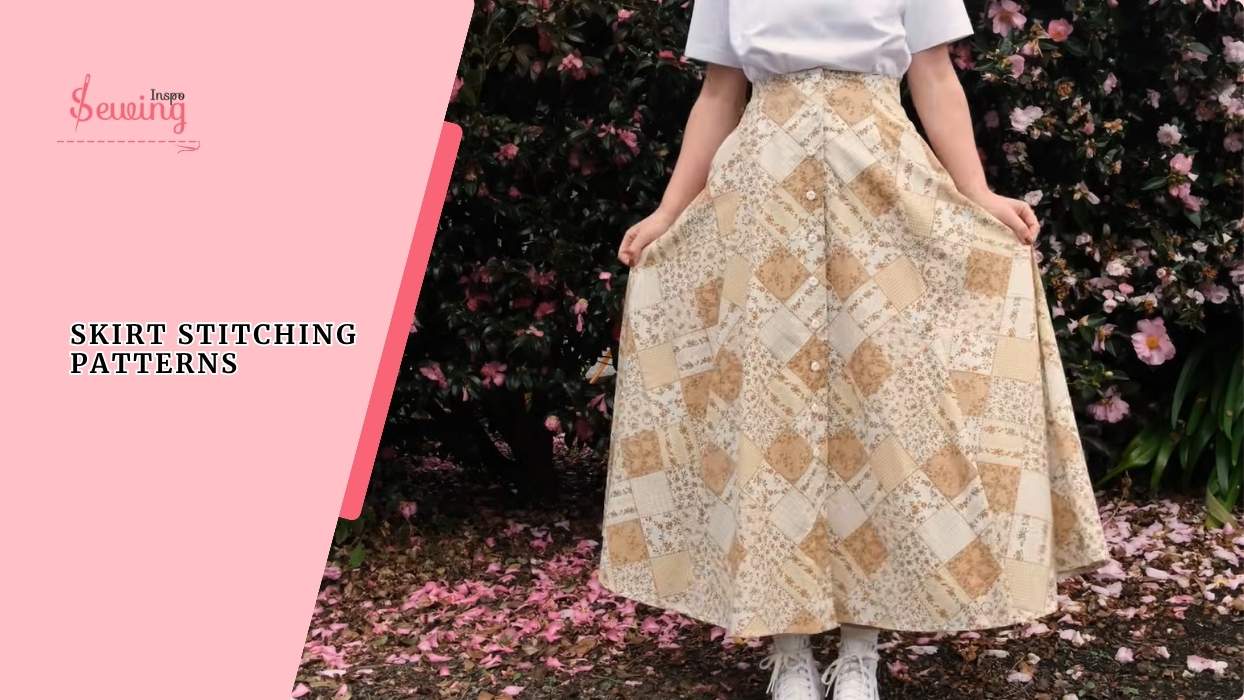
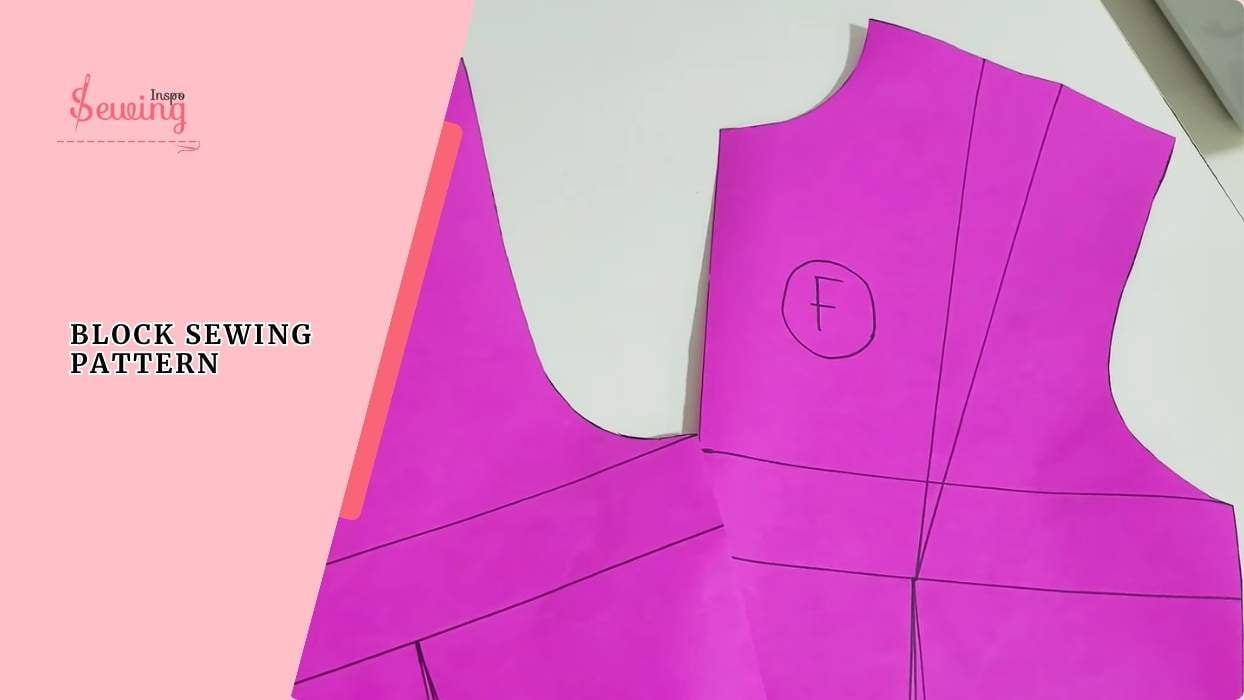
Leave a Reply